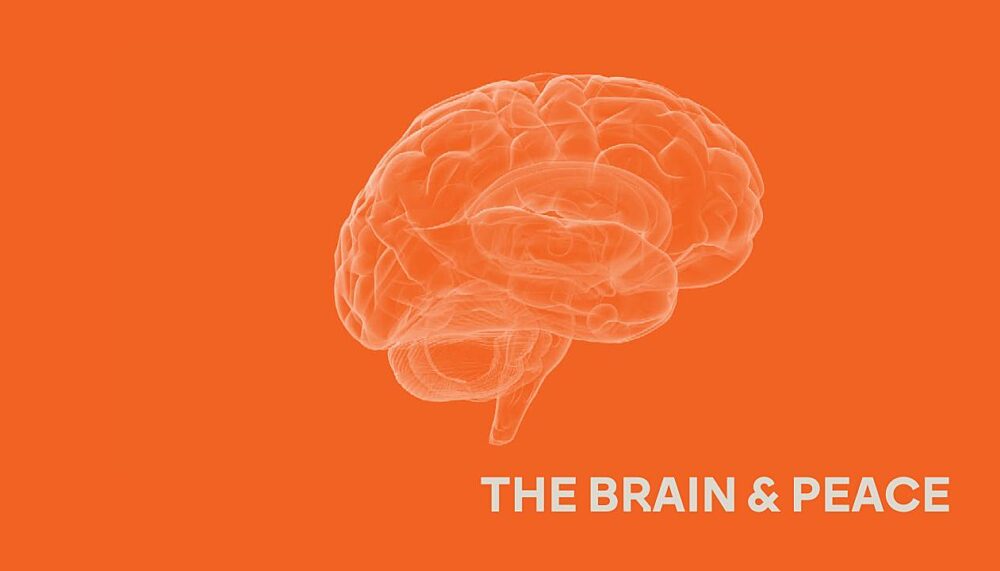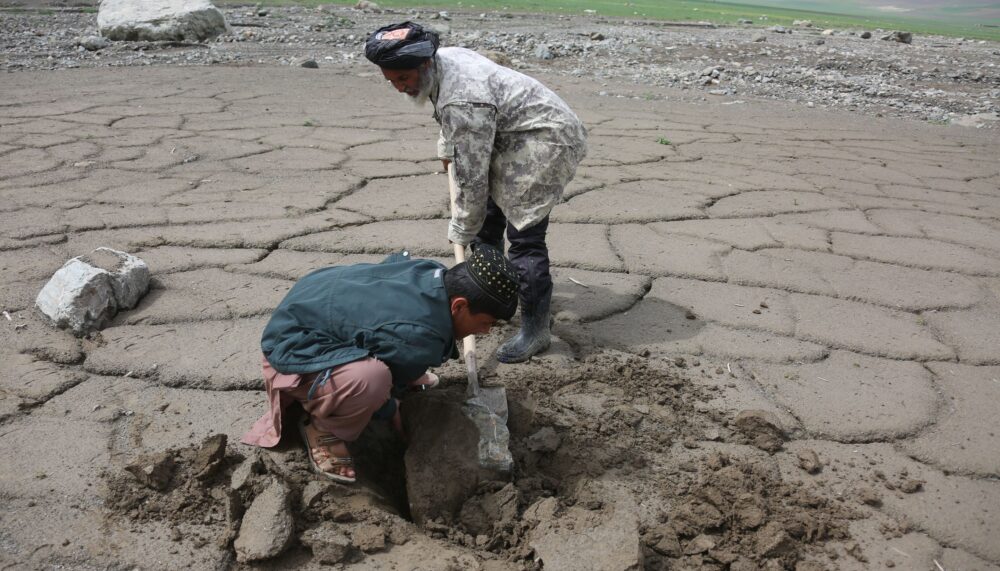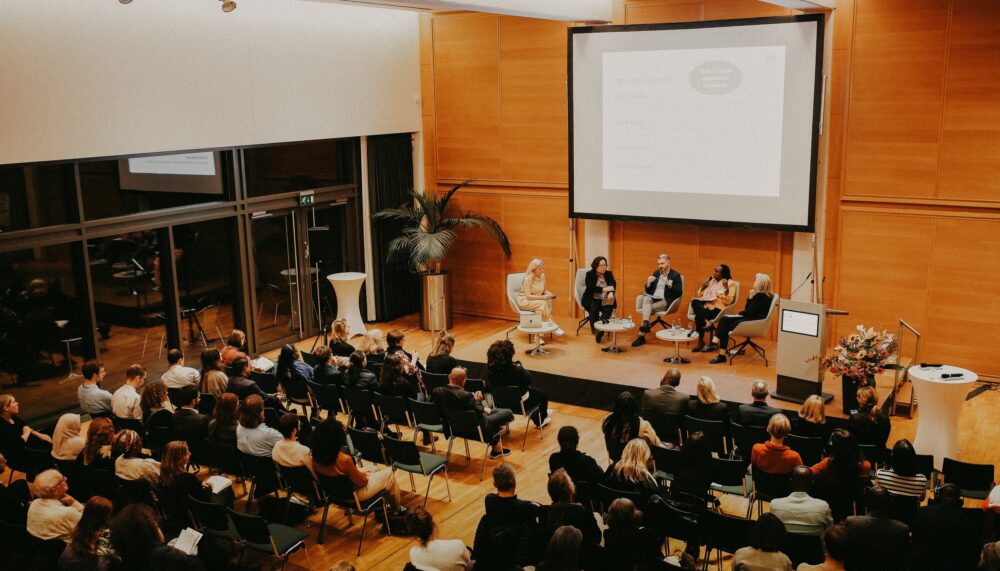BLOG POST | 27 Feb 2024
Insights from Neuroscience
How trauma and identity influence peace negotiations

Ahead of The Berlin Moot peace conference, we discussed with cognitive and neurosciences experts how their findings can advance peacebuilding.
By Charlotte Hamm, Carla Schraml
As conflicts escalate globally, the urgency for effective peacebuilding strategies becomes ever more apparent. On 18 January, the Berghof Foundation invited cognitive and neuroscientists, as well as peacebuilders, to discuss how insights from neuroscience can advance peacebuilding.
The discussion showed that neuroscience can help us develop evidence-based approaches, re-evaluate commonly used practices, and differentiate widely acknowledged assumptions.
The Berlin Moot, a conference pioneering new approaches to peace
This event was leading up to The Berlin Moot, an interdisciplinary conference to develop urgently needed methods and tools to address the current complexity of war and conflict.
We will bring together neuroscientists and peacebuilders to explore how the two disciplines can learn from each other and how we can derive evidence-based recommendations to support peacemaking efforts. Find our more here.
Insights from neuroscience shape evidence-based approaches to trauma and identity
Our brains’ primary function is survival – not to accurately interpret the world, experts agreed during the panel discussion. Scans show that Post-Traumatic Stress Disorder (PTSD) can lead to an overactive emotional centre (amygdala), fostering a constant state of paranoia, alertness, and mistrust as a survival mechanism. The mind begins to perceive the world in black and white, and nuances and complexities are no longer acknowledged. This sheds light on challenges faced during peace negotiations.
Understanding the neuronal mechanisms and psychological processes that underlie positive change could equip us with a powerful toolbox for peacebuilding efforts.
Timothy Phillips, Founder and CEO of Beyond Conflict
Everyone around the negotiation table has, in one way or another, experienced the effects of war, some might even be affected by war-induced trauma. A person with trauma enters flight-or-fight mode more easily. The nervous system becomes overly active, releasing stress hormones such as cortisol and noradrenaline when the threat response is triggered. This leads to a corresponding decrease in prefrontal cortex functions such as logical thinking, creativity, problem-solving, and decision-making abilities. In other words, the cognitive tools that enable successful peace negotiations are reduced during a trauma reaction.
Colette Rausch, a longstanding bridgebuilder between peacebuilding and brain sciences, stresses the importance of letting the nervous system calm down in these moments by taking a break from negotiations. Understanding the neurobiological underpinnings of trauma reactions can equip mediators and negotiators with the tools needed to navigate these challenges. This involves being attentive to potential triggers, fostering a safe environment, and being able to apply a trauma lens throughout the negotiation process.
Evidence-based insights on the interplay between identity and group dynamics
Neuroscientific research further highlights the interplay between identity and group dynamics. According to cognitive science, our brain operates within a complex web of historical, cultural, and relational contexts. Timothy Phillips further notes that we are not merely rational beings, but rather emotional ones whose rational reactions depend upon the acknowledgment and understanding of our core identities. When someone's identity or group membership is threatened in negotiations, it often triggers defensive responses that intensify identification with the very aspects of identity under attack (e.g. gender, religion, ideology). In those with strong group identification, criticism or attacks against their group activates the brain regions associated with the self. This underscores how closely the construction of the self is intertwined with group identity – to the extent that threats to the group are perceived as threats to the self.
Additionally, neuroscience has uncovered differences in how the self is represented in the brain across individualistic and collectivistic societies, indicating that the social and cultural context significantly shapes the neurological underpinnings of identity, as the panellists pointed out. These insights highlight the importance of approaching identity-related issues with sensitivity. This involves being aware of very strong defensive reactions when someone's group identity is criticised, as well as seeing individuals as multifaceted beings possessing multiple identities beyond just the one group they belong to. It also highlights the importance of supporting identity transformation processes, e.g., when armed actors reorganise into political parties.
In part two of this article on the Berlin Moot website, find out insights from neuroscience can help peacebuilders re-evaluate commonly used practices and re-think assumptions.
Media contact
You can reach the press team at:
+49 (0) 177 7052758
email hidden; JavaScript is required


